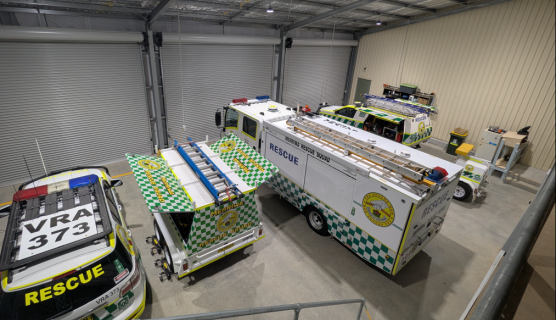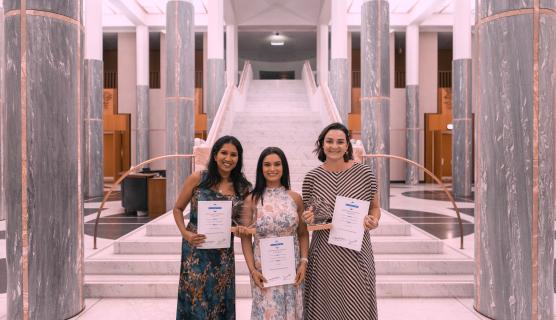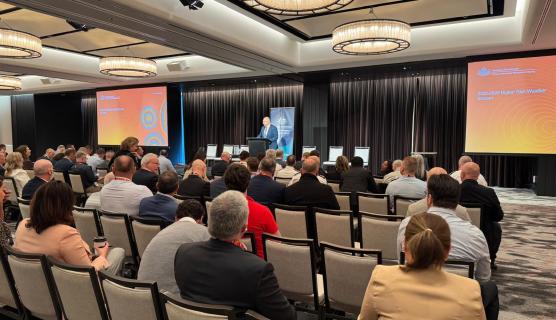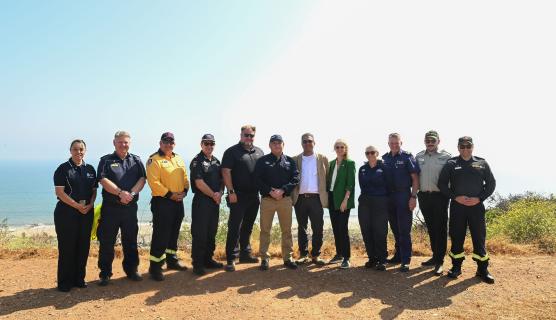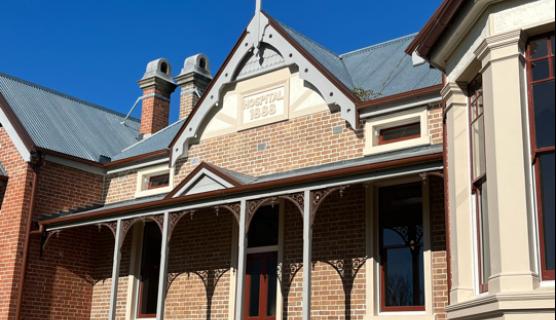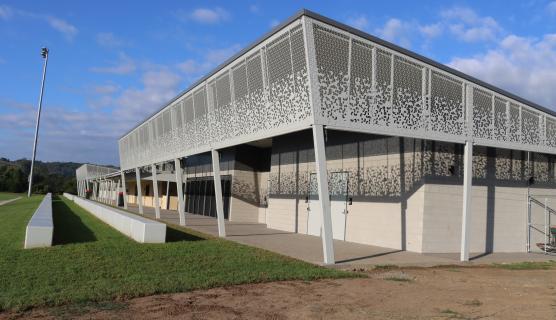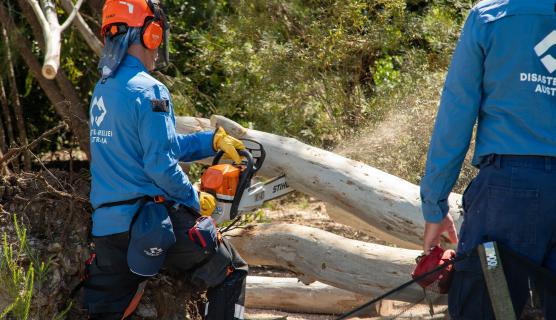The National Emergency Management Agency’s Coordination and Planning Officers (CPO) team in Queensland has been actively working with stakeholders across various jurisdictions, from Cooktown to Caboolture and Longreach to Logan, in preparation for the upcoming Higher Risk Weather Season (HRWS).
Collaborating, coordinating and communicating across Queensland
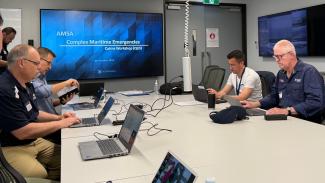
Collaborating, coordinating and communicating across Queensland

What are CPOs and what do they do?
Our CPOs wear several hats, but a big part of their role is partnering with states and territories. Based in metro and key regional locations, they supplement disaster resources, resilience and capability; coordinate community support; and provide surge disaster support nationally if needed.
The team is collaborating, coordinating and communicating with its Queensland counterparts so they can provide the best possible support to communities, organisations and government partners when a weather event hits. Recently, they have been working alongside the Queensland Police Service, Australian Maritime Safety Authority, Queensland Reconstruction Agency and the Queensland Fire Department to ensure they maintain good situational awareness with stakeholders across the state. Doing this before disaster strikes is critically important, as when an emergency has already occurred, knowing the capabilities of your peers makes things a lot more streamlined in emergency management.
George Hodgson, Director for the Queensland CPO Team, said, ‘It’s all hands-on deck. We have made significant efforts to reinforce previous relationships and forge new ones where staff have changed or where we see “watch points” that need the team’s focus.’
What CPOs do to prepare
The Queensland CPO team has travelled across the state to observe preparations and community exercises as well as gain an appreciation of the levels of recovery post the 2024/25 HRWS season and its impacts—and what learnings we can continue to implement.
Engagements have included the Cairns based CPO, Michael “Moose” Musumeci, accompanying representatives from the Queensland Reconstruction Agency, Queensland Emergency Management Coordination Command and the National Indigenous Australians Agency to Cooktown and Hope Vale Mission. He also recently participated in a Cairns forum for the Disability Inclusive Emergency Planning, where attendees shared insights and forged partnerships for actionable solutions in emergency management while exploring NEMA’s Disability Inclusive Emergency Management Toolkit.
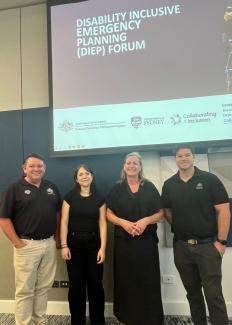
Pictured left to right: Michael Musumeci (CPO, NEMA), Emma Cooper (research Associate), Associate Professor Michelle Villeneuve (Deputy Director at the University of Sydney Impact Centre for Disability Research and Policy), Neil James (Community Resilience Officer, Cairns Regional Council).
Amelia Wilson, one of two Brisbane based CPOs, has been accompanying the Queensland Police Service Planning Team as they work with different Disaster Management Groups across the state to assist in gaining detailed information of the impacts of the last season and preparations ahead of the next. Locations have included South Burnett, North Burnett, Bundaberg, Fraser Coast and Noosa. The visit to Noosa’s shire council with the State Disaster Coordination Centre Planning Team was to better understand the NEMA funded Sea Wall resilience project and training with the Situational Awareness Program.
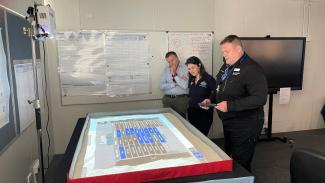
Amelia Wilson (centre) at a Local Districts Disaster Management Group SIM Table exercise.
At the same time, the Australian Maritime Safety Authority’s Exercise Planning and Response Management cell sponsored Assistant Director, Pup Elliott to support a Complex Maritime Emergency Course in Cairns as part of its preparation for both the HRWS and future maritime disasters. The exercise, based on NEMA’s Crisis Appreciation and Strategic Planning (CASP) methodology, highlighted both jurisdictional resources and actions but also the importance of considering strategic requirements and impacts when supporting a Complex Maritime Emergency.

Pup Elliot and Maritime Safety QLD staff at an AMSA exercise.
Strong relationships enable a strong response
George said, ‘After last season, where the team was activated for 49 days in the State Disaster Coordination Centre, we have continued to maintain those relationships we fostered and make new ones to assist NEMA’s situational awareness and understanding as each state differs in its requirements.’
He said, ‘With the majority of 77 Local Government Areas having been activated [impacted] in the last HRWS, it’s part of the “Train as we Fight” philosophy that allows CPOs to pivot as required from response through to recovery, keeping NEMA informed.’
These collaborative partnerships strengthen overall readiness and highlight the significance of cooperation and inclusivity in building safer, more resilient communities across the country.


